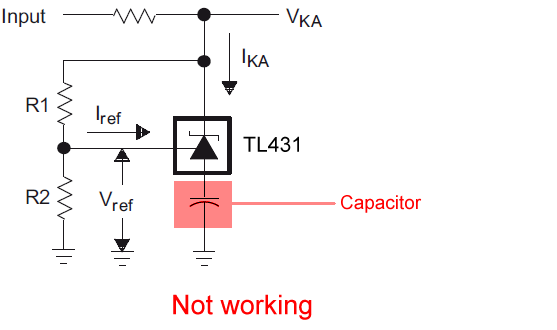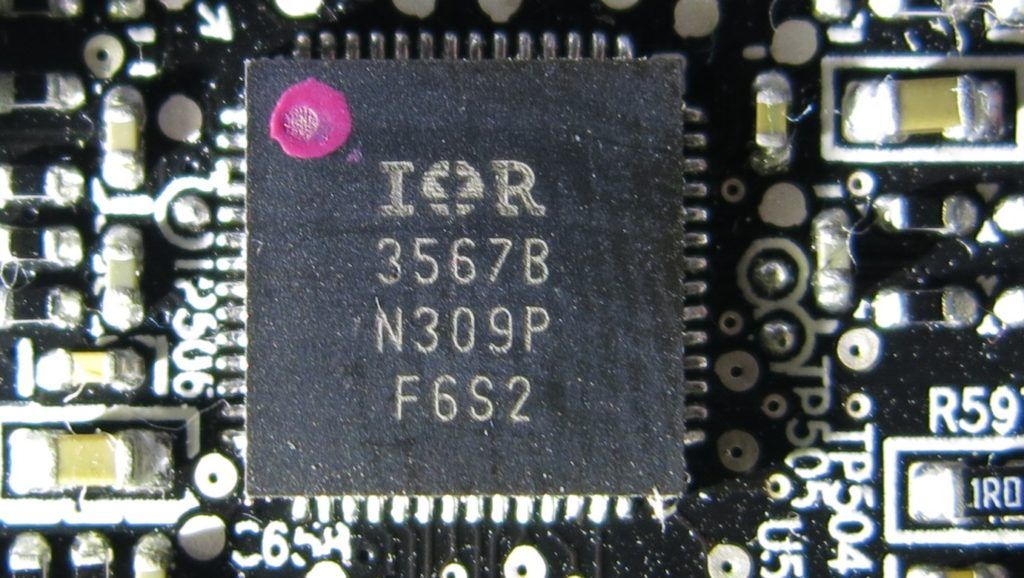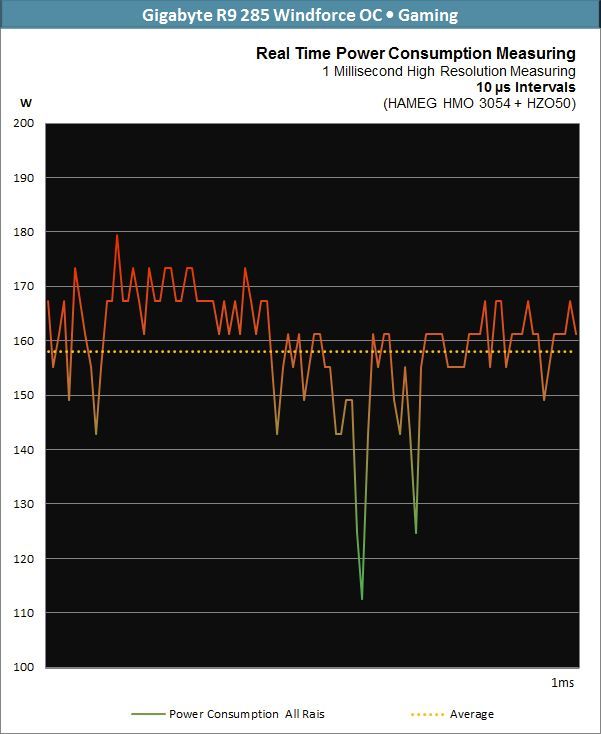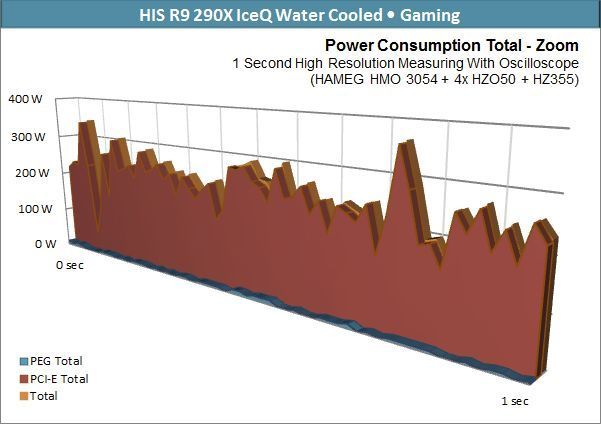Menopause: The load with the tips
Unfortunately, graphics cards are no longer the patient "consumers" they were a few years ago. This is not about power consumption as such and its mean, but about the way in which chipmakers try to increase efficiency and what tricks and distortions they use. Which brings us directly to the subject. In order not to complicate all this too much, I picked out AMD and Power Tune as an example – with Nvidia's Boost having the same problems in the end, as the approach and the consequences are very similar.
But what is it all about? The main concern for both providers is to adjust the core voltage of the GPU in real time to provide only as much power as you really need for the current GPU load. So why drive through the city at high speeds in the third gear all the time, if the fourth or fifth would do the same? Sure, this comparison lags somewhat, but it's about to happen. Even though this has happened since it was first published in 2014, the basic principle is still the same for both manufacturers. With PowerTune, AMD has created a very complex sequence with many mutually influencing factors, similar to Nvidia's Boost. But how the hell does all this work in detail?
Telemetry as in Formula 1
First, PowerTune always estimates energy consumption in real time, simultaneously queries the thermal sensors and incorporates the telemetry data of the voltage regulator. These values are transmitted to the pre-programmed digital power management intermediary. This intermediate (arbitrator) knows the power, thermal, and current limits of the GPU (BIOS, driver). Within these limits, it now controls all voltages, clock frequencies and fan speeds, always trying to get the maximum performance out of the card. If even one of the input sizes is exceeded, the middle can retract voltage or clock.
The core idea is that suitable VR circuits (Voltage Regulation) such as the IR 3567B are able to adjust the voltages to the actual requirements at very short intervals – in fact in "real time". AmD's second-generation SVI2 protocol , which is now controlled by all common ICs and is also used for APUs, where the processor part is also controlled via the Northbridge.
But how short are these intervals really? In the past, there was a relatively large delay between the demand for higher voltage and the subsequent adjustment of the frequency. However, AMD's second-generation SVI2 is now about two tens of powers faster (i.e. around 10 microns instead of 1 ms) and, with 6.25 mV increments, is much more granular than the previous version. Let's take a look at a single, small millisecond in the history of a Radeon R9 285 under load:
The spikes are off: load spikes up to the ceiling
But it is precisely at this point that the great gnashing of teeth begins with those who have been able to understand the problem up to this point. The average power consumption of a graphics card is in the end nothing more than an average consumption in the car. And if you have taken a look at the real-time display of your car, you will usually not believe what he sees there at first. Nevertheless, most on-board computers now display the current consumption very realistically, because these peaks really exist!
The load peaks caused by the rapid voltage changes present the power supply of powerful graphics cards with completely new challenges. The influence on the functional design of the suitable power supplies is no less and will be the subject of our considerations below.
Of course, a lot has changed in the meantime and that's why I recommend a further analysis of myself, which deals with this topic in great detail on the basis of more up-to-date graphics cards from AMD and Nvidia:
Graphics card's battle against power supply – Demystified power consumption and peak loads | igorsLAB
This brief introduction already clearly shows that both manufacturers are quite capable of complying with the tPP limits they themselves set. If the measured values for a graphics card are then significantly higher, one has either measured the proverbial crap by insufficient technology, or the graphics card has a defect. Sometimes, however, the board partner (see circuit below) tricks with a built-in "error" (we've had that before). Let us now choose what is most likely in everyday life…

But first we want to think together how such alternating performance recordings can really be measured and evaluated accurately. Because we editors and the technology used are also faced with completely new demands: with most conventional methods, one will only ever receive a certain snapshot, which with a little bad luck can lie so far from reality that it is already a real misjudgment and false statement.
Suggestions for solutions and ideas? Let's go in search.
- 1 - Einführung und Projektvorhaben
- 2 - Grafikkarten und die Tricks mit der Leistungsaufnahme
- 3 - Leistungsaufnahme-Messung: Benötigte Technik
- 4 - Leistungsaufnahme-Messung: Praktische Umsetzung
- 5 - Radeon R9 295X als Netzteil-Killer? Myth busted!
- 6 - AWG was? Kabelsalat und Gegrilltes vom Chefkoch
- 7 - Schalten und Walten - Wir schauen ins Netzteil
- 8 - Bad caps, good caps? Die Mär vom japanischen Drachen.
- 9 - Zusammenfassung und Fazit






































Kommentieren